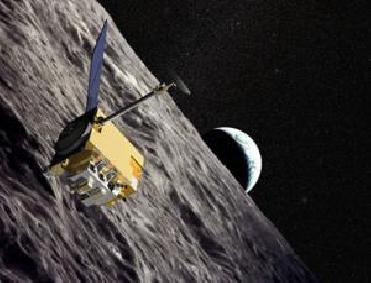
Last week, NASA's LRO (illustrated) and India's Chandrayaan-1 probes flew near each other to compare radar soundings of the moon, but the experiment failed (Illustration: NASA)
NEW DELHI (BNS): The first attempt to search for water ice on the moon using two spacecraft -- India�s lunar craft Chandrayaan-1 and NASA�s LRO, simultaneously has met a premature end.
According to a report in New Scientist Wednesday, researchers moved India's Chandrayaan-1 and NASA's Lunar Reconnaissance Orbiter (LRO) to within a few dozen kilometres of each other on 20 August.
�If the moon's poles hold water ice � a precious resource for future lunar explorers � orbiting spacecraft could spot it by bouncing radio waves off an upper layer of rock and ice. Catching the reflections with a second orbiter would produce a particularly clear signal if the ice is there, because ice reflections look much different from rock when viewed at an angle,� the report said.
Jason Crusan of NASA headquarters in Washington, DC said, each spacecraft made it to its planned position, but programming problems on the US Mini-SAR instrument aboard Chandrayaan-1 prevented the device from sending a radio pulse.
He said even if Mini-SAR had released the pulse, the signal would not have reached its target because Chandrayaan-1's orientation was drifting more rapidly than anticipated.
Chandrayaan-1 has been orienting itself using spinning gyroscopes and the sun since its star-tracking system failed earlier this year.
�We were actually in the middle of planning to conduct the experiment at a future time,� Crusan told New Scientist. �Obviously with the termination of the Chandrayaan mission, that will not happen.�
Stewart Nozette of the Lunar and Planetary Institute in Houston, Texas, who leads work on Mini-SAR's sister instrument on LRO, called Mini-RF, said the joint experiment would have produced a very clear signal of water ice if it were present.
�I think that it would have been the icing on the cake if we had been able to do that,� he said adding �It would have been the best thing you can do from the remote sensing perspective.�
Chandrayaan-1 flew over �a lot of little craters that looked like they had ice� and mapped 95 per cent of the polar regions before its mission ended, said Nozette.
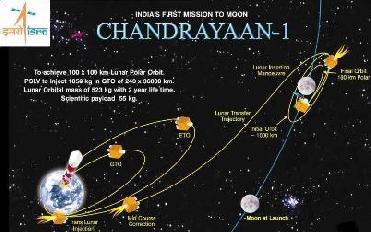 Previous Article
Previous Article Next Article
Next Article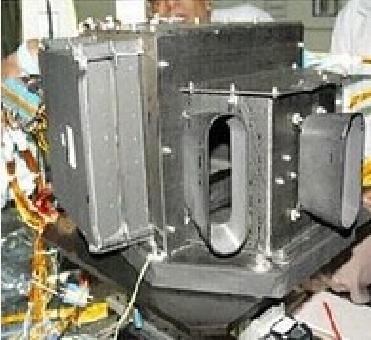
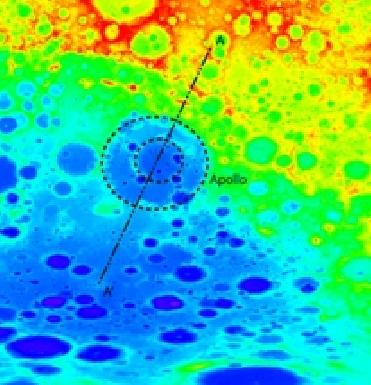
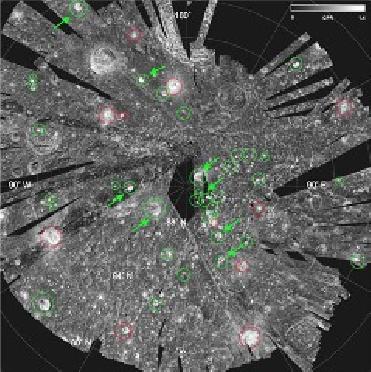
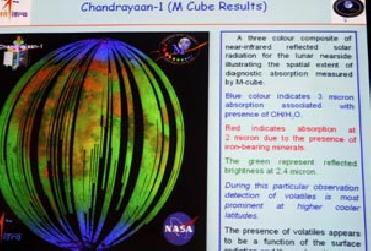










The Indian Air Force, in its flight trials evaluation report submitted before the Defence Ministry l..
view articleAn insight into the Medium Multi-Role Combat Aircraft competition...
view articleSky enthusiasts can now spot the International Space Station (ISS) commanded by Indian-American astr..
view article